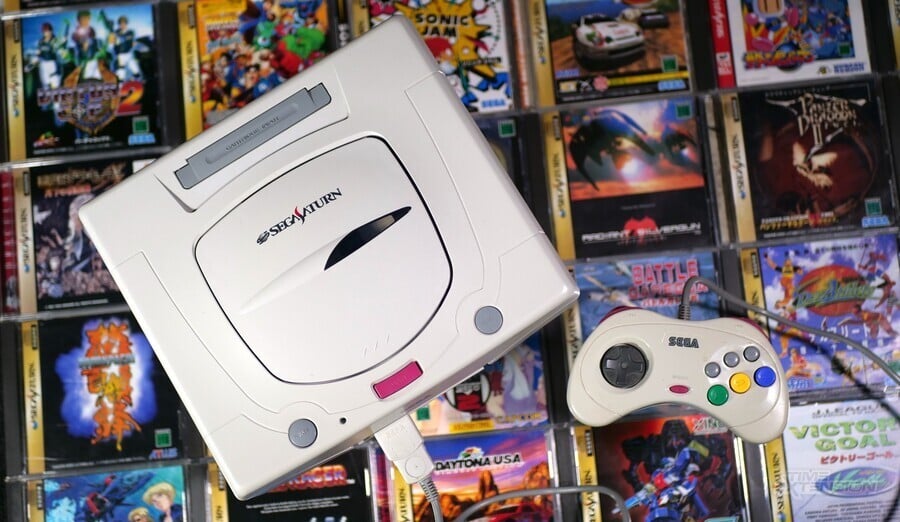
Back in March of this year, Sega revealed the results of a Japanese fan survey, in which players voted in favour of the Sega Saturn being the next console to be miniaturized, following the release of the Sega Mega Drive and the Sega Mega Drive II.
Now, Sega's President and COO Yukio Sagano has given an interview with Famitsu (which has been translated by VGC), where he has explained why this may not be as easy as some people expect.
In the interview (as originally reported by VGC), Famitsu asked Sagano if the Saturn would be the next mini console from Sega and if there were any technical issues preventing the company from miniaturizing the machine, to which the president responded:
"The Sega Saturn is surprisingly high performance, so the difficulty of miniaturisation is [...] high.
“I don’t think it’s a case of saying ‘let’s make another one because it sells well’, it looks like it’s going to be a little longer.
“I’d like to think about it when we’re in a situation where we can openly develop it together with people who have always loved the Sega Saturn and Dreamcast.”
This isn't the first time a Sega representative has poured cold water on the idea of a Saturn mini. Last year, the Sega producer Yosuke Okunari gave an interview with Famitsu where he claimed the company had considered making a Sega Saturn mini, but that the Mega Drive Mini board was not capable of running Sega Saturn games.
He also later joked in the same interview that it may potentially cost the same to produce a miniaturized version of the console as the original hardware itself.
Sega originally released the Saturn back in 1994 in Japan, with the console eventually making its way to North American and European players one year later. When compared to the Sega Mega Drive, it has a much more complicated legacy within the industry, with sales of the machine declining in the West following the release of rival 3D consoles such as the PlayStation and Nintendo 64.
Nevertheless, it is home to a ton of classic titles, such as Burning Rangers, the Panzer Dragoon series, and Night Into Dreams — many of which would benefit from a wider release due to the cost of collecting today.
